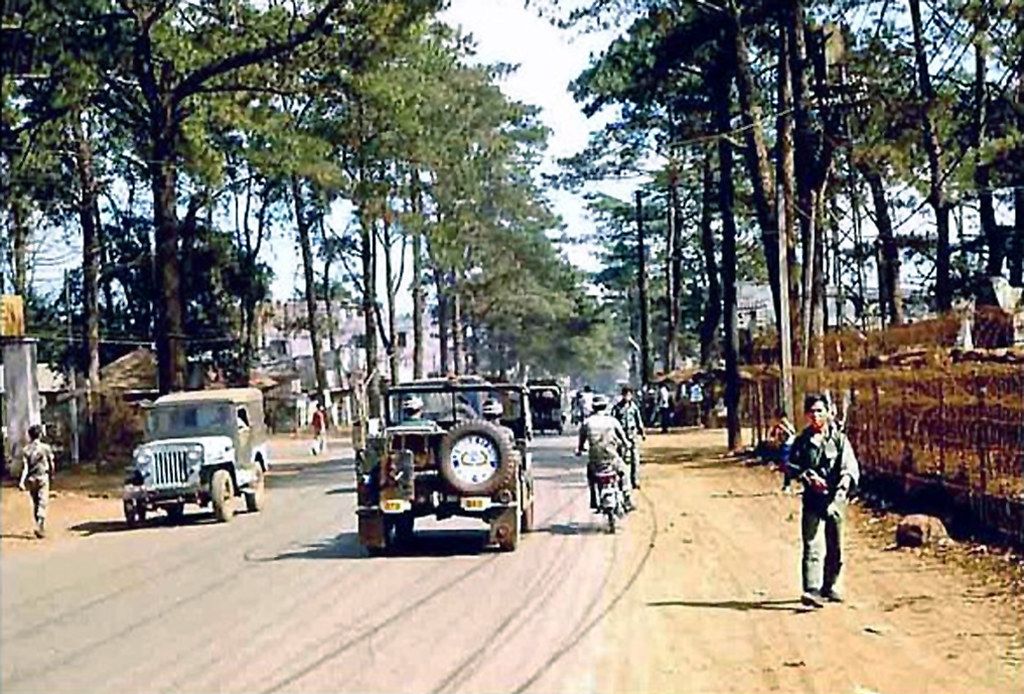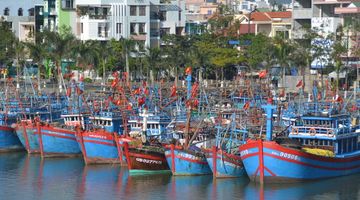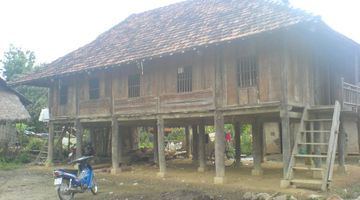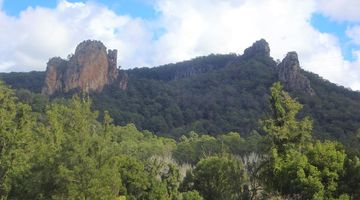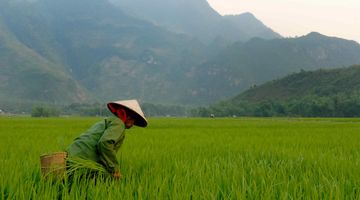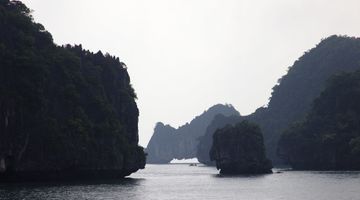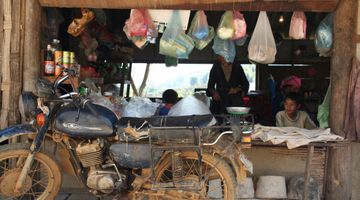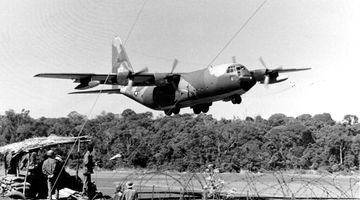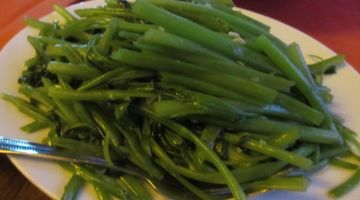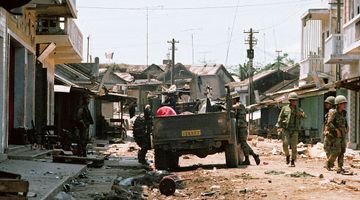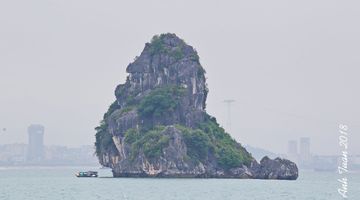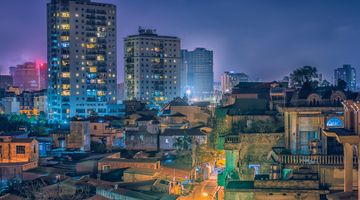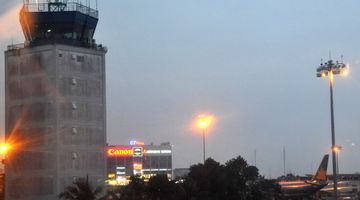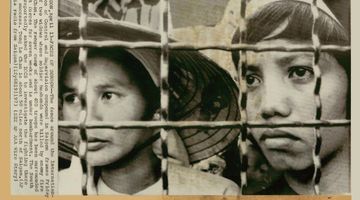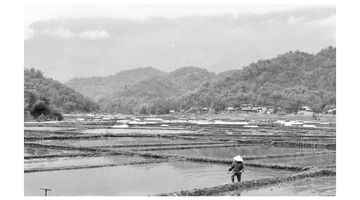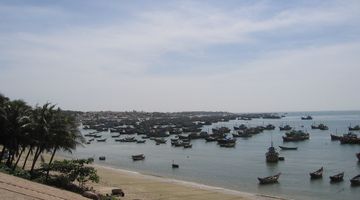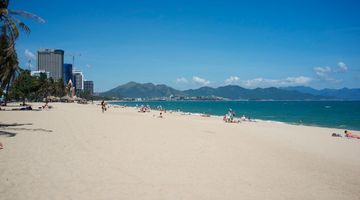Pleiku
In a nutshell
Located just east of Cambodia’s border with Laos, Pleiku tends to serve as a launching point for travellers in Vietnam looking to make their way into one of the nation’s neighbouring countries. Making your way across the border into either country is relatively simple, and can provide an excellent stopover before continuing your trip onward.
Why go to Pleiku
This city was another that saw great devastation during the American-Vietnam War. Unfortunately, that leads many travellers to bypass this part of the country, but those who stop to give Pleiku a chance are often pleasantly surprised.
While Pleiku hasn’t made itself overly accessible to travellers like other parts of the country, it does offer stunning scenery that’s often completely remote and untouched. Take for example the waterfalls, volcanic craters, and vast highlands most tourist-trail devotees completely miss; take your time, and you might be charmed, just like we were.
While Pleiku offers pagodas and museums, just like most other cities, our advice is to take in all the natural beauty you can. For all the nature lovers out there, Bein Ho Crater Lake and Phu Cuong Waterfall are both absolutely not to miss.
When to go to Pleiku
Pleiku’s weather stays relatively mild year round. While the city does experience a wet and dry season, temperatures tend to stay pleasant compared to much of this part of the world. Average temperatures don’t generally fall below 25 degrees Celsius, and the hottest it gets is typically around 30 degrees Celsius.
If you don’t mind a bit of heat, the dry summer months make it convenient to tour the surrounding outdoor wonders. However, if the rain doesn’t bother you, the area becomes beautiful and lush during the wet season. Since there are usually no drastic changes, the time of year you visit should depend on your own weather preference.
Where to stay in Pleiku
This city is fairly spread out, and accommodation options can be found throughout. However, a bulk of the hotels and guesthouses in Pleiku are centred around Le Lai and Hung Vuong Streets.
Regardless of where you end up staying, chances are, you’ll find extreme value for your money. Prices are cheap, spaces are often large, and service tends to be friendly. For a spacious room with basic amenities like TV, air conditioning, mini bar, and wifi, you can expect to find prices around USD10. Cost for private rooms can be found for around USD10 under and over that average, but not much more will be offered for the small bump in price.
Where to eat in Pleiku
While Pleiku doesn’t draw much attention to itself in terms of city appeal, the food might make you forget all about that – at least temporarily. If you’re in the area and craving something new, try Pleiku’s pho kho gia lai, a type of noodle found all over the city. This dish is served with the noodles separate from the rest of the meal - think deconstructed pho.
For a mix of offerings, the city’s night market makes an excellent evening stop. Don’t expect jam packed, bustling stalls here; this market is likely a bit more relaxed than you’re used to. The food stalls here sell things like spring rolls, meat skewers, and refreshing drinks at incredibly low prices. Meals can be had for as little as USD1 here.
Getting around in Pleiku
The easiest way to get around Pleiku is via taxi – the four-door kind. We made a go at exploring on foot, but the city is large and spread out, so walking anywhere tends to eat up a good chunk of time. Instead, we found taxis to be cheap and plentiful. Even better, haggling wasn’t typically necessary since meters were widely used.
Unlike many other cities throughout Vietnam, motorbike taxis aren’t quite as available here. Once you’re within the city centre, you won’t have trouble finding one, but anywhere outside that confined area sees more four-door taxis than the two wheeled kind.
Getting in and out
Many travellers come to Pleiku from other parts of Vietnam, and end up heading into Cambodia or Laos afterwards, or vice versa.
The border with Laos is around 130 kilometres west of the city, which makes it an easy transition overland. You’ll likely pay no more than USD15 for a bus ride across the border.
Crossing into Cambodia is even easier, as it’s about half the distance away as the Laos border. This trip is also cheaper than heading to Laos, with bus tickets costing around USD10.
Traveling via bus is one of the easiest ways to get to other cities throughout Vietnam, too. Routes from Pleiku include overland travel to Da Nang, for example, which take about ten hours in total. A sleeper bus is also available to Hue, and lasts about twelve hours. If you have time to spare and don’t mind being on a bus for a full day, sleeper buses are available to Hanoi, too.
If traveling by air is more your style, Pleiku’s airport is located very conveniently close to the city, and sees a number of cheap flights go in and out daily. Expect affordable prices; the one hour and ten minute journey from Pleiku to Ho Chi Minh City, for example, will cost you about USD40. While air travel to Hanoi isn’t typically quite as cheap, you can still secure a one-way flight on JetStar for under USD60, with the trip lasting about an hour and forty five minutes.
Safety in Pleiku
One reason visitors make their way to Vietnam’s Central Highlands is to experience some of the country’s remaining indigenous villages. Due to protests, many of these villages have been closed off to visitors, with others requiring a permit and guide to experience the rural, minority life. While some tourists opt to test the waters by hiring their own motorbike to make the rounds of these villages, you can get into deep water if caught by authorities. It’s best to play it safe and hire a guide.

